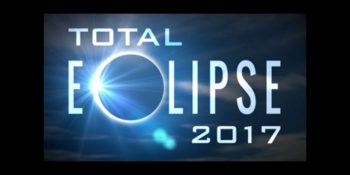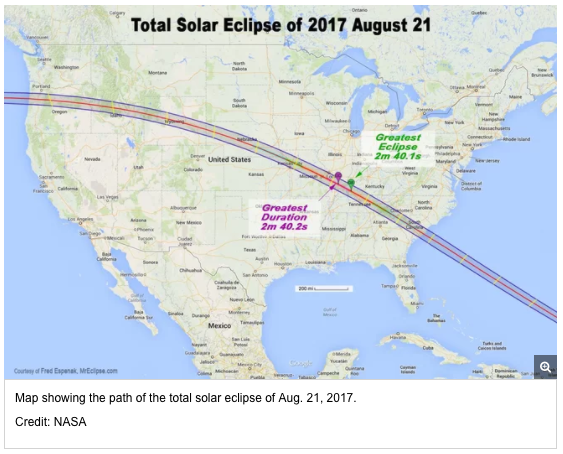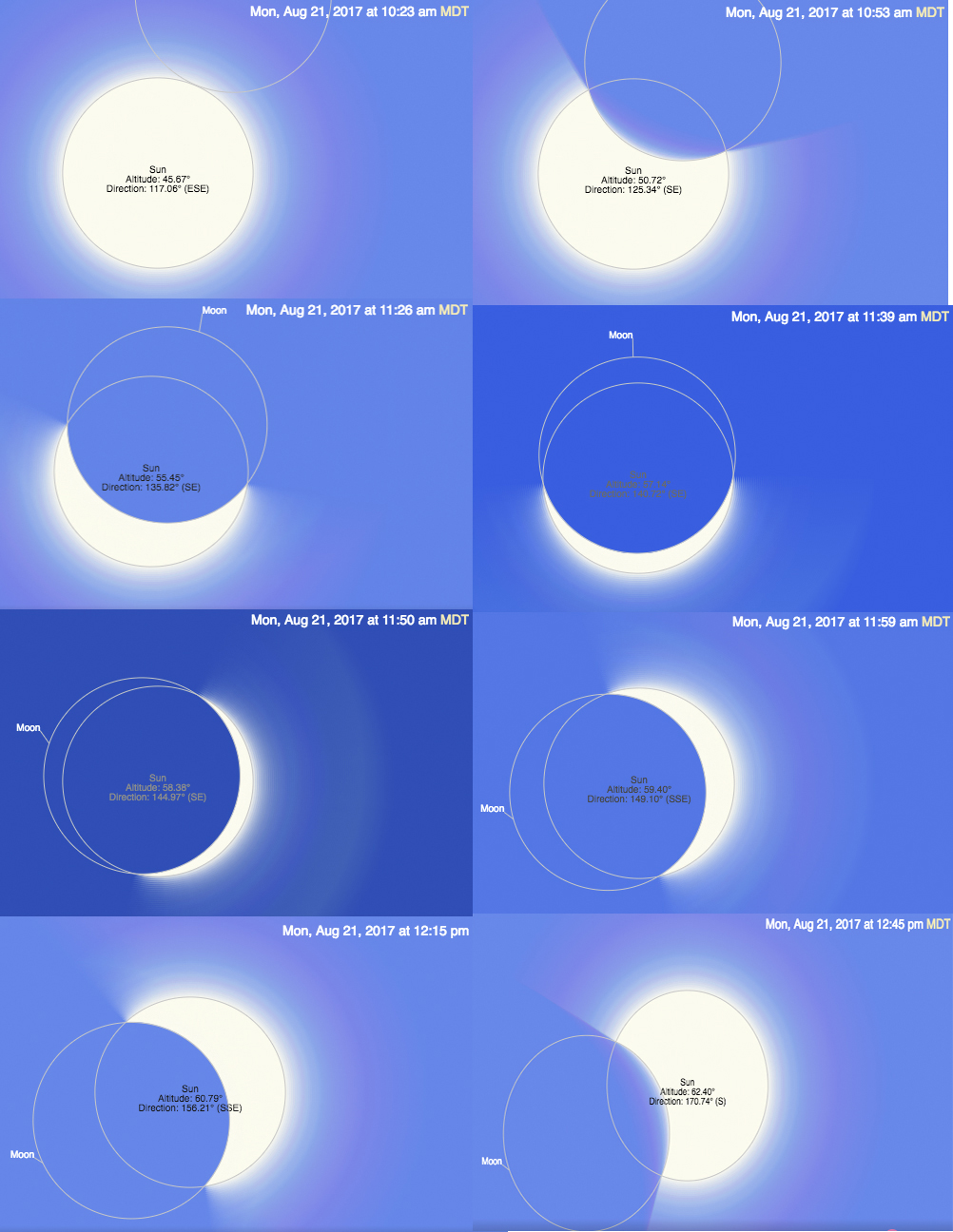The Colorado Department of Public Health and Environment and the Regional Air Quality Council have issued an OZONE ACTION DAY ALERT at 4 p.m. on Friday, August 25, 2017 for the Front Range Urban Corridor from El Paso County north to Larimer and Weld counties, including the Denver-Boulder area, Colorado Springs, Fort Collins and Greeley.
Stagnant winds and high temperatures will create conditions for enhanced ozone on Saturday, with highest concentrations expected in the southern and western suburbs of the Denver Metro Area.
This Ozone Action Day Alert will remain in effect until at least 4 p.m. Saturday, August 26, 2017.
For statewide conditions, forecasts and advisories, visit:
http://www.colorado.gov/airquality/colorado_summary.aspx
The highest Ozone related AQI at 1 o’clock PM Mountain Standard Time on August 25, 2017, is 47 which indicates Good ozone air quality. It was recorded by the RFN ambient ozone monitor.
The highest Particulate Matter (PM2.5) related AQI at 1 o’clock PM Mountain Standard Time on August 25, 2017, is 38 which indicates Good Particulate Matter (PM2.5) air quality. It was recorded by the ADM ambient monitor.
Front Range Air Quality Forecast & Colorado Smoke Outlook
FRONT RANGE AIR QUALITY FORECAST:
Friday, August 25, 2017, 2:30 PM MDT
Ozone concentrations are expected to be in the Good to Moderate range on Friday, and Moderate to Unhealthy for Sensitive Groups range on Saturday. High-moderate conditions on Friday and Unhealthy for Sensitive Groups conditions on Saturday are expected in the southern and western suburbs of the Denver Metro Area. Active children and adults, and people with lung disease, such as asthma, should reduce prolonged or heavy outdoor exertion in these areas from noon until 8 PM on Friday and Saturday.
Fine Particulate Matter concentrations are expected to be in the Good category on Friday. Good to Moderate range fine particulate levels and expected on Saturday. Moderate concentrations on Saturday are within the Denver Metro Area and northward to Ft. Collins and Greeley. Unusually sensitive people should consider reducing prolonged or heavy exertion in these areas on Saturday.
Carbon Monoxide concentrations are expected to be in the Good category on Saturday.
Nitrogen Dioxide concentrations are expected to be in the Good category on Saturday.
Visibility on Saturday is expected to be Moderate to Poor.









